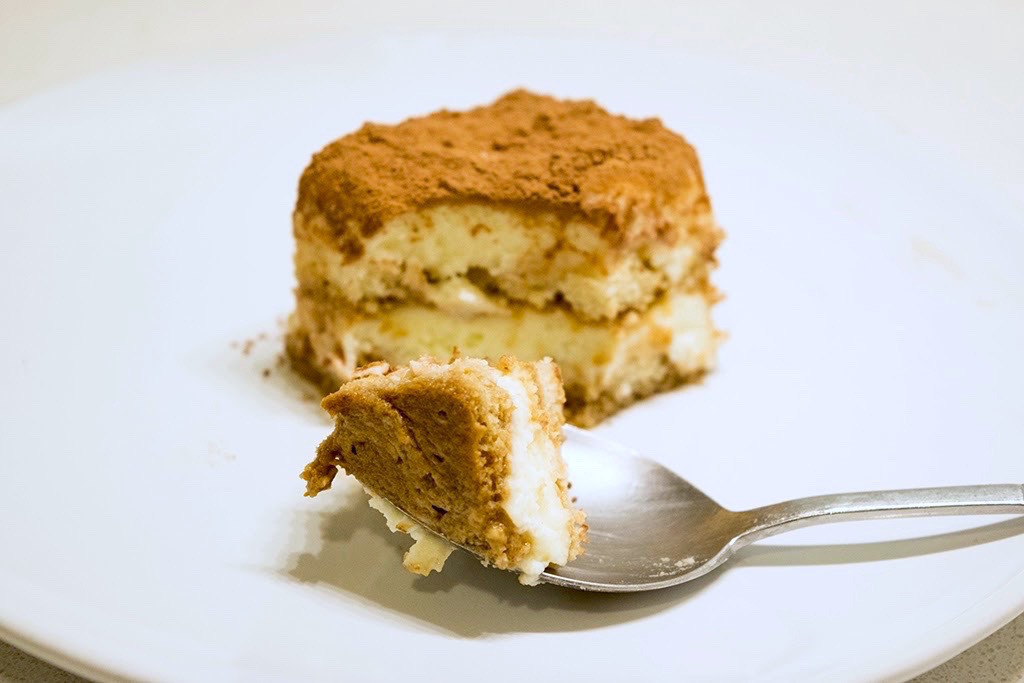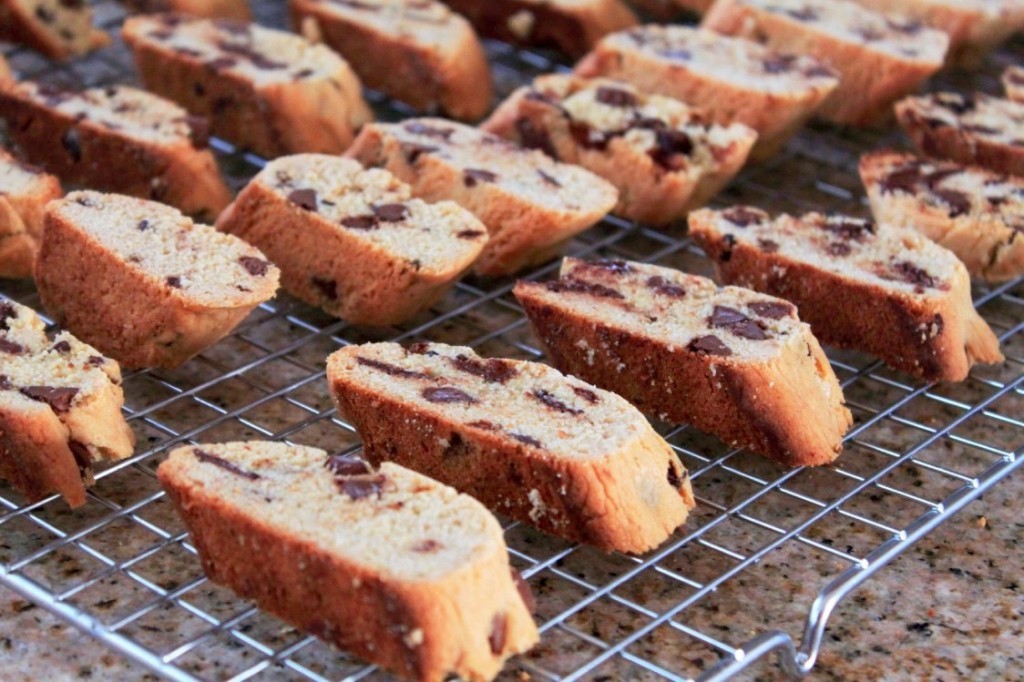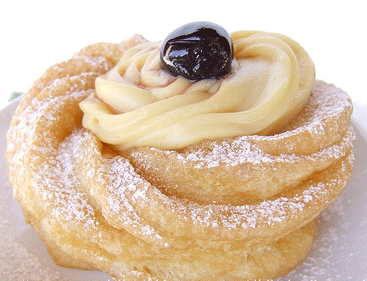If you’re anything like me, there’s one place from back home you miss the most when you’re on campus. Nothing on or around campus matches up to it. There’s just something about that place and the food from there that can’t be replicated or bullshitted.
For me, that place is a little Italian imported foods store. This colourful, bustling, fragrant, and dizzying utopia is my foodie haven. It’s the closest I get to an old world Italian marketplace without the price of a plane ticket. I love everything about it, and I literally spend hours there, just browsing and admiring the food culture from abroad.
My favourite part? Their bakery of authentic Italian desserts and pastries. My. God.
Every now and then, I get massive cravings for this European imported foods store’s Italian desserts. Amidst my melancholy and nostalgia, I started wondering how my favourite Italian sweets came to be.
To satisfy my desires and curiosity, I did a little bit of research. Here are the histories of my top five favourite Italian desserts and pastries to drool over.
Cannoli

Photo by Haley Durham
From: Sicily, Italy
Meaning: “Tubes”
Description: Probably the most widely-known and loved Italian treat – the cannoli is a fried pastry tube filled with sweetened ricotta cheese usually scented with cinnamon and sometimes rosewater. Depending on the pastry chef, the exposed filling may be coated with chocolate shavings, candied fruits, or even pistachios. Today cannolis are still enjoyed as the original or even as a dip.
Odd History: Its cylinder and ridged shape along with its cream filling were intended as a tribute to an um, ahem, male organ. With such an innuendo historical connotation, the cannoli became more boisterous in its symbolism “of Carnevale’s carnal and culinary debauchery.”
Tiramisu

Photo by Isabel Wang
From: Unknown
Meaning: “Pick me up” or “draw me close”
Description: A sexy combination of spongy ladyfinger cookies, soaked in coffee, then layered with clouds of sweetened mascarpone cheese and whipped eggs with sugar and vanilla along with a touch of alcohol. This moist cake’s an Italian classic recipe that’ll never go out of style.
Odd History: There’s some controversy over where and when this heavenly dish was created. Some say it’s a more modern recipe as recent as the 1970s. Others say it was created during World War II as a dessert made for soldiers to pick them up with the caffeine and alcohol. Some even say that tiramisu has a longer lineage dating back to 17th century Tuscany where similar layered desserts were seen.
Biscotti

Photo by Sayuri Sekimitsu
From: Prato
Meaning: “Twice-cooked”
Description: Following its name, this cookie is baked twice to become dry and crunchy and is oblong-shaped – absolutely perfect for dipping into a steaming cup of coffee or espresso. Although originally an almond biscuit, this dense dessert now comes in many flavours and topping variations such as these addictive chocolate chip bacon biscotti.
Odd History: Due to its long shelf life, this crunchy treat was enjoyed by the Romans on long travels. Then, much later during the European Renaissance, biscotti reemerged as a local sweet dessert preferably served with Vin Santo wine to be dunked in.
Gelato

Photo by Gabby Phi
From: Italy
Meaning: “To freeze”
Description: Made from milk, cream, sugar and flavouring ingredient with less air and more flavour, causing gelato to be a much denser and richer frozen dessert than any of its relatives.
Odd History: The precursor to this creamy and rich frozen dessert was something closer to a sorbet originating from the Italian Renaissance. The famed Medici family themselves aided in gelato’s creation. They hosted a contest searching for the greater frozen dessert. Later, in the 1500s, it became even more famous when it was served to impress the visiting Spanish King in a glorious feast.
Zeppole

Photo courtesy of dishmaps.com
From: Italy
Meaning: “Fried soft dough”
Description: This is Italy’s take on a doughnut. This lovely little fritter is fried, topped with confectionary sugar, and can be filled or topped with custard, jelly, pastry cream, or a butter and honey mixture.
Odd History: Zeppoles are usually eaten during Festa di San Giuseppe or Saint Joseph’s Day. The connection between a saint and fried dough depends on the legend heard. One is that Joseph fled from Egypt and made a living selling these pastries.
Another says that Mary had no food for the family but heard a voice which told her to go into Joseph’s shop, pick some chips off the floor and to fry them.
And yet another says that Mary wanted to treat some friends but couldn’t come up with anything to make, after frustrating attempts, miraculously, pieces of fried dough came from the stove. Joseph thought this was a waste of a miracle, but baby Jesus said these treats will bring joy to people.


